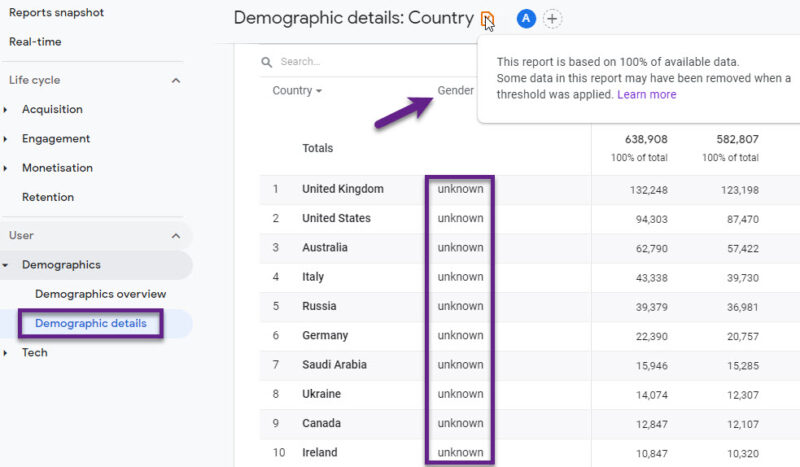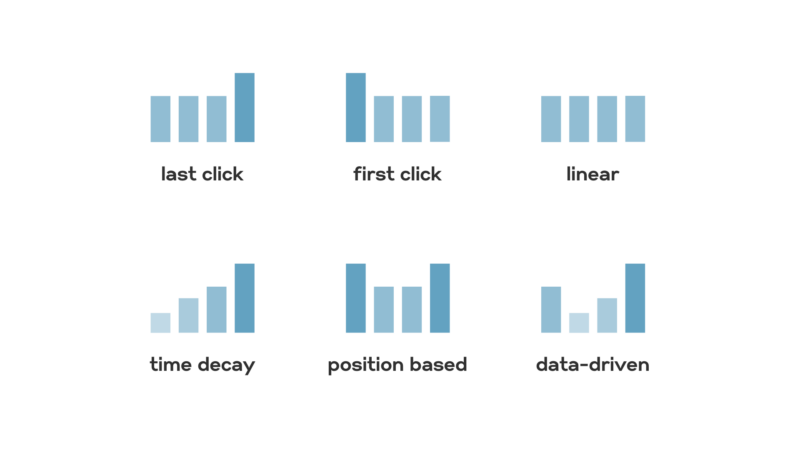User engagement is one of the commonest terms you will hear in this day and age, and for a good reason.
With so many businesses establishing their online presence they need to keep good communication with their customers.
It is harder than it may seem at first. Improving user engagement and retention is critical for the success of:
- SaaS products
- Mobile apps
- Digital services
Let me share a thing or two on how we can improve it by utilizing retention analysis.
Key Metrics to Track
Tracking the right metrics is crucial to understanding user engagement and retention. Here are some of the most important metrics to monitor:
1. Average Engagement Time
Average engagement time measures the duration users actively engage with the product. It is crucial to understand how users interact with the product on a day-to-day basis.
It gives insights into how long users spend on the platform during a typical session, providing a clear indicator of user interest and the product’s ability to hold attention.
Businesses can identify how compelling their content or features are to users. A longer average engagement time often suggests that users find the product’s content, features, or overall experience engaging and valuable.
Conversely, shorter engagement times may indicate that users are not finding what they need or are encountering obstacles that prevent them from staying longer.
It helps businesses pinpoint which parts of the product are performing well and which areas may require improvements or enhancements.
Longer engagement times typically indicate higher levels of user interest and satisfaction.
When users spend more time engaged with a product, it generally means they are finding value in what it offers.
Higher engagement times can also correlate with higher retention rates, as satisfied users are more likely to return and continue using the product.
2. Active Users (DAU, WAU, MAU)
Active Users are tracked on:
- Daily (DAU) basis
- Weekly (WAU) basis
- Monthly (MAU) basis
A healthy trend in active users indicates consistent usage and helps identify peak usage times.
Consistent or growing numbers in DAU, WAU, and MAU suggest that the product is effectively retaining its users and attracting new ones.
It indicates that users are finding value in the product and are motivated to return regularly.
Identifying peak usage times through these metrics can help businesses optimize server loads, schedule updates, and plan marketing campaigns to coincide with high engagement periods.
3. Product Stickiness Rate
The product stickiness rate is a key metric for understanding user engagement and retention.
It is calculated as the ratio of Daily Active Users (DAU) to Monthly Active Users (MAU).
Ratio provides insight into how often users are returning to the product within a month.
A high stickiness rate suggests that users find the product valuable and habit-forming. When users consistently return to a product day after day, it typically means they perceive substantial value in its offerings.
It can be due to the product fulfilling a critical need, providing an enjoyable experience, or integrating seamlessly into the users’ daily routines.
Habit-forming products are particularly successful because they become a regular part of users’ lives, reducing the likelihood of churn and enhancing long-term retention.
4. Feature Usage
Monitoring how often specific features are used is crucial for understanding user preferences and behaviors.
Monitoring how often specific features are used can help identify which aspects of the product are most popular and which are underutilized.
For example, if a social media app shows high usage of its messaging feature but low usage of its live streaming feature, it indicates that users are more interested in direct communication than broadcasting content.
The data is essential for prioritizing feature improvements and developments that resonate with users. When businesses know which features are most popular, they can focus resources on enhancing these features to further boost user satisfaction and engagement.
Underutilized features may require re-evaluation—whether they need improvement to better meet user needs, more effective promotion to raise awareness, or even removal if they no longer add value.
5. Churn Rate
The churn rate is a critical metric for any business offering a digital product or service.
It measures the percentage of users who stop using the product over a certain period, typically calculated on a monthly or annual basis. The churn rate is an essential indicator of user disengagement and overall product health.
By tracking the churn rate, businesses can determine how many users are leaving the product and how this number changes over time.
A steady or increasing churn rate can be a red flag that signals underlying issues with the product or user experience.
6. Retention Rate:
The retention rate is a key metric that measures the percentage of users who continue using a product over a specified period.
The retention rate measures the percentage of users who continue using the product over time.
It is typically calculated by tracking a cohort of users from the time they first start using the product and then measuring how many of them are still active after a certain period, such as:
- A month
- Three months
- Six months
- A year
Analyzing Engagement Data
Analyzing engagement data is essential to understanding user behavior and identifying areas for improvement. Here are some key methods:
1. Feature Usage Analysis
Feature usage analysis helps identify which features are popular and which are not.
Businesses can focus their development efforts on enhancing popular features and reconsidering or improving less-used ones.
It ensures that the product evolves in a way that meets user needs and preferences.
2. Customer Segmentation
Customer segmentation involves dividing users into distinct groups based on criteria such as behavior, company size, or demographics.
By doing this, businesses can tailor their strategies to address the unique needs and preferences of different segments. A targeted approach can lead to more personalized experiences and improved engagement.
3. Customer Journey Experience
Customer journey mapping tracks user interactions across the entire journey with the product. This method helps identify points where users encounter friction or drop-off.
By understanding these pain points, businesses can make targeted improvements to the user experience, thereby enhancing overall satisfaction and retention.
Strategies to Improve User Engagement and Retention
Implementing effective strategies can significantly enhance user engagement and retention. Here are some proven approaches:
1. Personalized Onboarding
A personalized onboarding process tailors the initial user experience to specific needs and segments.
Users can quickly understand the product’s value and how it can benefit them.
Personalized onboarding increases the likelihood of users becoming active and engaged from the start.
2. Interactive Walkthroughs
Interactive walkthroughs use step-by-step guides to help users navigate the product and understand its features.
These guides can significantly reduce the learning curve, enabling users to get the most out of the product quickly.
3. Self-Service Support
Providing self-service support resources, such as chatbots and knowledge bases, empowers users to solve issues independently.
This not only enhances user satisfaction by providing quick solutions but also reduces the burden on customer support teams.
Users appreciate having access to immediate help when they encounter problems.
4. Collecting Feedback
Using in-app surveys and feedback tools allows businesses to gather valuable insights directly from users.
Feedback can inform product decisions and improvements, ensuring that the product evolves in line with user needs and expectations.
Regularly collecting and acting on feedback demonstrates a commitment to user satisfaction.
5. Measuring Customer Loyalty
Metrics like Net Promoter Score (NPS) and Customer Satisfaction (CSAT) are essential for measuring customer loyalty.
These metrics help identify highly engaged users and understand the drivers of retention and churn.
By focusing on these metrics, businesses can develop strategies to enhance user loyalty and reduce churn.




